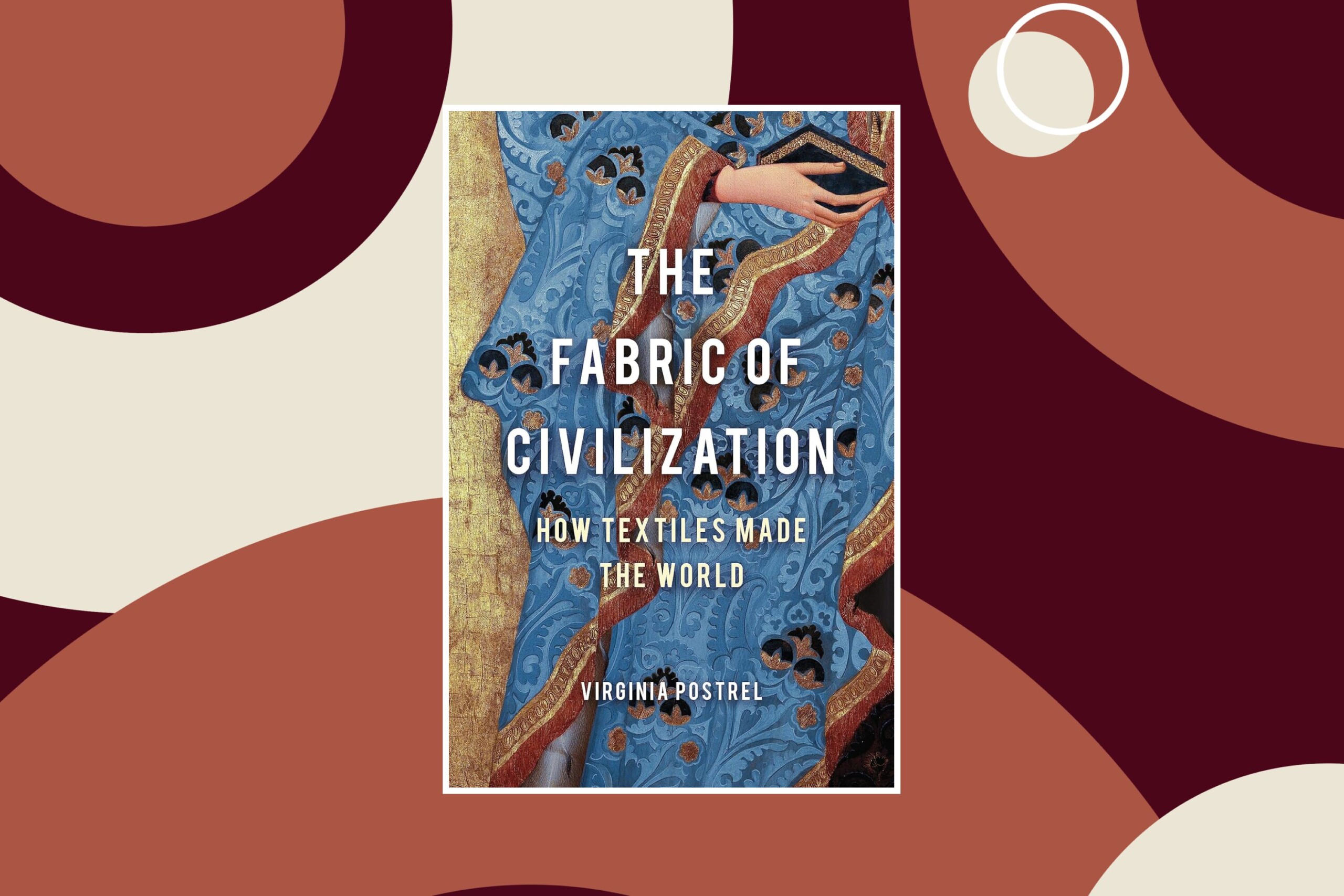Summary: Marian Tupy is the editor of HumanProgress.org and a senior fellow at the Cato Institute. In this interview with James Pethokoukis, a columnist and blogger at the American Enterprise Institute, Marian discusses human progress, unfounded pessimism, economic growth, and his book, Superabundance.
This interview originally appeared in Faster, Please!
1. Marian Tupy, you are the editor of HumanProgress.org, which chronicles the ways human welfare has improved dramatically over the last few centuries. Why is this an important project?
The last two or three centuries, which we call “modernity,” are fundamentally different from the previous 12,000 years, when we lived primarily as agriculturalists, let alone the previous 300,000 years (i.e., since our emergence as a separate species). A peasant born in Sumer (the earliest known civilization in southern Mesopotamia, which lasted between the sixth and fifth millennium BCE) would feel right at home in pharaonic Egypt in 3000 BCE, ancient Rome at the time of the Caesars, or France under the ancien regime. But that person would find life in the developed world around 1900 or 2000 completely incomprehensible. The speed of human progress since, say, 1750, is astonishing. It behooves us to figure out and, preferably, to internalize, the reasons for the emergence of the modern world. If we cannot derive the proper lessons from history—that the rise of the West and, later, much of the rest of the world, is deeply connected to the spread of individual and economic freedom, as opposed to, for example, colonial exploitation, slavery, or state planning—we might not be able to continue growing our economies and protect our liberties. We could stagnate or even retrogress.
2. Despite all the progress we’ve seen, many people think poverty is getting worse and that we’re on the precipice of a climate catastrophe that threatens human existence. Why is this pessimism so pervasive?
Our hardware (i.e., the structure of our brains) and our software (i.e., psychology) have evolved to prioritize the negative. That’s the proper mechanism to survive in a world that, until recently, was mindbogglingly dangerous, cruel, and unpleasant. Overreaction to a potential threat that turned out to be false was less costly to the organism than underreaction to a threat that turned out to be real. Pessimists flourished and optimists got eaten by a saber-toothed cat. From the perspective of Homo sapiens, relative prosperity (let alone peace) account for about 0.08 percent of our existence. Is it any wonder that we don’t know how to handle the good news?
3. How do you respond to critics who say that despite economic progress we’ve seen regression across other (arguably more important) domains over the last few centuries?
Like what? Women in ancient Greece (and today’s Afghanistan) were the property of men. Today, women run many countries and have a vote pretty much everywhere. That started in the late 1890s in New Zealand. Men’s likelihood of dying while performing a dangerous job or fighting in a foreign war is much lower than ever before. Likewise, slavery has probably been around since the birth of agriculture. Yet no culture developed a systematic and sustained anti-slavery movement until Great Britain in the 18th century. Child labor and corporal punishment were common. Homosexuality was punished. Cruelty to animals was ubiquitous. And don’t forget witch-hunts, cannibalism, exposure of unwanted new-born children to the elements, and human sacrifice.
4. Is the problem of pessimism and doomsaying getting better or worse? Why?
I don’t think it is getting worse over the long run. Just about every major religion or civilization I can think of, including the Hindu, Buddhist, Graeco-Roman, Muslim, and Christian ones, developed some sort of eschatology or “end-of-days” scenarios, which the religiously inclined embraced and even looked forward to. In the short run, we have seen the emergence of apocalyptic environmentalism, which has a purchase on the public’s imagination partly because it is relatively new and, therefore, seemingly plausible. As more and more of the hysterical predictions fail to materialize, people will lose interest and move on to some other source of the apocalypse. That’s not to say that everything must work out in the long run. Not at all! We have, for example, nuclear weapons and deadly pathogens to contend with. Those should be our priority.
5. Has the pandemic changed your thinking about long-run economic growth and human progress?
I am concerned about governments’ fiscal and monetary policies; potentially changing attitudes to work; the revelation of government incompetence (which turned out to be significantly greater than even a jaded libertarian like me suspected); the relative ease with which my fellow citizens accepted immensely harmful society-wide lockdowns; a significant breakdown of global trade (just think how marvelous it is that we can import safe baby formula from Europe); and the rise of extremism on both sides of the political spectrum. So, overall, I would say that the pandemic made me more worried about the future than I was before. But, just to be clear, I think that we can solve these problems, if we derive the right lessons from the past and find the leaders with the backbone to implement wise and time-tested policies that have worked before.
6. How should climate change be dealt with? Should we just ignore it in the blind hope that technology will offer us a Get Out of Jail Free card?
We already have the technology we need to deal with excessive carbon dioxide (CO2) emissions. Fission reactors are (Chernobyl and communist mismanagement notwithstanding) safe and have been around for some 70 years. I am all in favor of getting away from fossil fuels in the long run, if it can be done intelligently and without harming the least fortunate among us, who can’t afford to pay high energy bills. It is shocking that the same people who claim to care about the planet and the poor continue to reject the one technology that could help both. I also think that—if the government must get involved—more money for research and development in fusion technology is wiser and more economical than subsidizing solar and wind power.
7. You and Ron Bailey coauthored Ten Global Trends Every Smart Person Should Know. Was there a trend that readers have told you they found particularly surprising?
The massive expansion of tree coverage is beautiful (e.g., the forests grew by 35 percent in the United States and Europe, and 15 percent in China, between 1982 and 2016). I like nature and, it turns out that when high-efficiency agriculture is combined with urbanization, nature rebounds very quickly. By 2100, 85 percent of humanity will live in the cities, and flora and fauna will once again rule the roost. Another positive environmental trend that we do not discuss in the book is the “greening of the planet.” According to NASA, between 1982 and 2016, additional CO2 in the atmosphere has led to an “increase in leaves on plants and trees equivalent in area to two times the continental United States.” Almost no one knows about these trends and I think that they are being hidden from the public for a reason.
8. If there was one fact of human progress that you could make sure everyone in America knew, what would it be and why?
The one concern that emerges from the historical record is the omnipresence of hunger in the past. War, loss of children at birth, pandemics, and so on, were horrible, but intermittent. Hunger (along with chronic diseases that could not be cured) was constant. Something as simple as consumption of a chicken was a rare luxury to our ancestors. Not only were you killing the bird, but also a source of a secondary food item—eggs. Today, you can get a whole rotisserie chicken from Costco for $4.99. An hourly wage of an unskilled laborer in the United States is fast approaching $15. So, for an hour of work, a person at the very bottom of the income stratum can purchase well over 3,000 calories—more than enough to sustain that person for a day. Even 50 years ago, such a thing was the stuff of dreams.
9. You have a book coming out later this year titled Superabundance. Can you give Faster, Please! readers a preview of what that’s about?
Speaking of chicken and eggs, the same amount of time that an American blue-collar worker needed to work to earn enough money to buy one chicken (and egg) in 1850 bought that worker 26 chickens (and 36 eggs) in 2018. That’s to say that the main thrust of Superabundance: The Story of Population Growth, Innovation, and Human Flourishing on an Infinitely Bountiful Planet is to measure the increase in American and global standards of living using “time prices.” Time prices are superior to real (let alone nominal) prices, because new knowledge, which is to say innovation or productivity, shows up not only in lower prices of goods, but also in higher wages. In the book, we look at time prices of hundreds of commodities, goods, and services going back to 1850. We find that resources have been getting more abundant at a rate of roughly 3 percent a year—and the speed of progress has been increasing in recent decades. Our book is an antidote to the doomsayers who believe that humans are a cancer on the planet. Quite the reverse is true. On average, people, especially free people, produce more than they consume. And they do so in increasingly environmentally friendly ways. The future is full of potential, so long as we maintain our freedoms.


